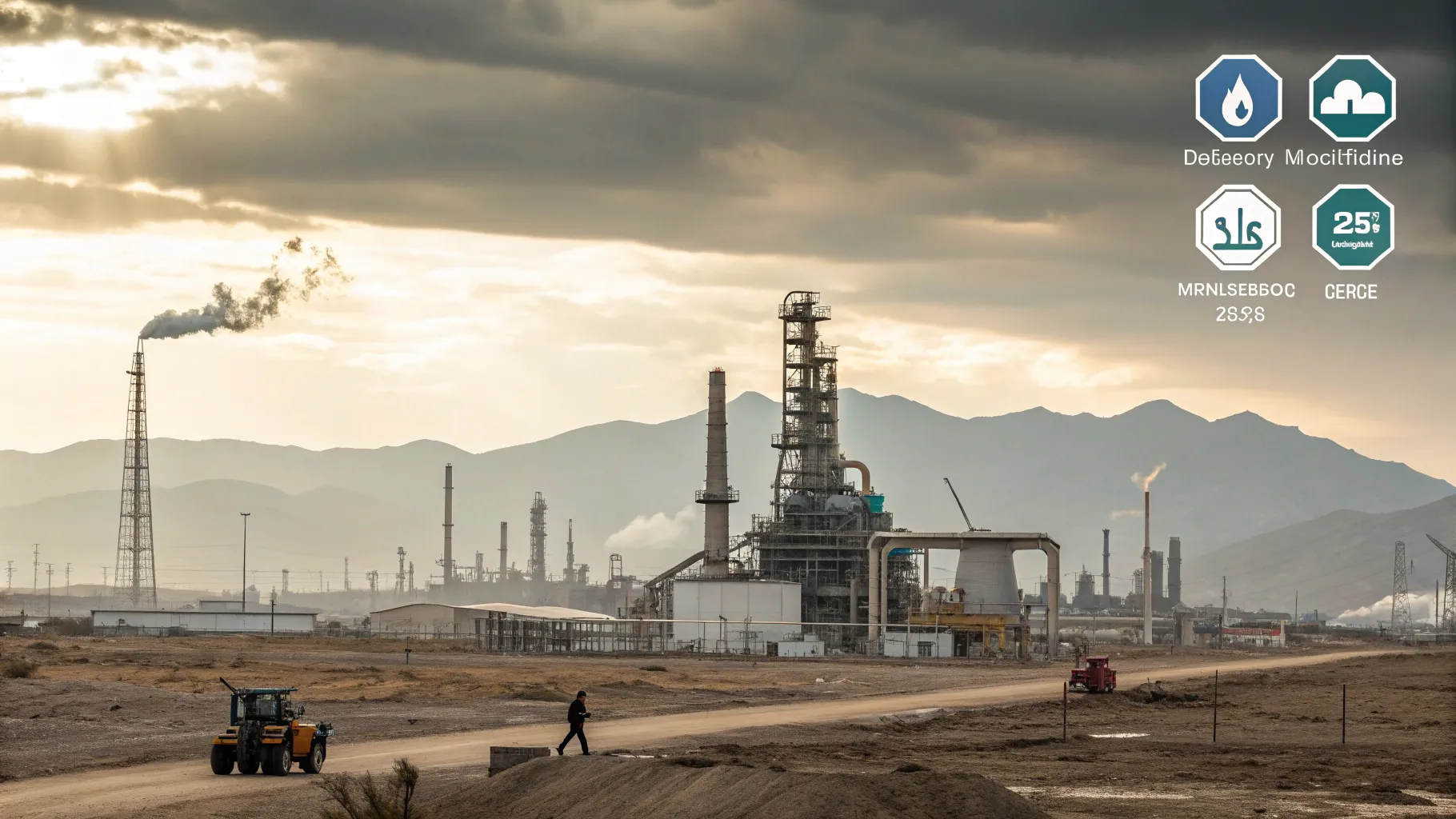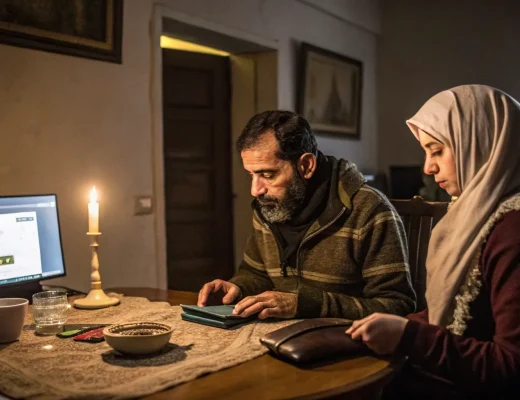Saudi Arabia has trimmed government spending enough this year to avoid more fiscal tightening even if oil prices slip, according to the International Monetary Fund. The assessment comes as the world’s largest crude exporter manages budget pressures while funding large development projects. It also arrives at a moment when energy markets remain volatile and policy makers weigh growth against financial stability.
IMF Assessment
Saudi Arabia has cut spending enough this year and probably won’t need to make further fiscal adjustments even if crude oil prices weaken, according to the International Monetary Fund.
The IMF’s view points to a fiscal stance that it considers prudent for current conditions. It suggests that earlier measures—such as slower growth in current expenditures and tighter control over discretionary outlays—have created a buffer. That buffer could help the kingdom ride out a moderate
drop in oil revenue without resorting to new cuts or taxes in the near term.
While the IMF did not specify exact figures in its latest public remarks, its past consultations with Saudi authorities have focused on balancing near-term growth with medium-term consolidation. The institution often tracks the “fiscal breakeven” oil price, a benchmark for the oil price needed to balance a given year’s budget. A falling breakeven generally signals progress on consolidation.
Budget Context and Oil Prices
Saudi Arabia’s budget performance closely follows oil cycles. Revenues surged when prices were high and eased when production was reduced under OPEC+ agreements. In recent years, officials aimed to smooth these swings by keeping
spending more stable across the cycle. That approach reduces the
risk of sharp cuts when prices decline.
The government has also widened its non-oil revenue base since 2018 by introducing a value-added tax and other fees. These measures helped reduce dependence on crude income, even as they affected household budgets. Further
gains in non-oil revenue depend on job growth in services, logistics, tourism, and manufacturing.
Oil futures remain sensitive to global growth, geopolitics, and supply changes. A modest slide from recent price levels would test the strength of
Saudi Arabia’s buffers but, by the IMF’s read, not break them. A deeper or prolonged downturn would be a tougher test and could prompt a policy rethink.
Investment Plans and Fiscal Risks
The kingdom’s economic strategy centers on large projects under its
Vision 2030 program, many backed by the Public Investment Fund. These include infrastructure, tourism zones, and industrial hubs. Such projects aim to create private-sector jobs and attract foreign capital over time.
Analysts caution that big projects raise near-term financing needs. They can also face delays, cost overruns, or slower-than-expected
private investment. Managing the pace of spending is therefore key. The IMF’s comment suggests the government has calibrated spending growth this year to preserve fiscal space while keeping flagship projects on track.
Debt markets provide another outlet. Saudi Arabia has issued
domestic and international bonds to diversify funding. Investor sentiment often improves when an external body such as the IMF signals policy credibility and discipline. That can lower borrowing costs and support longer maturities.
Multiple Viewpoints and Implications
Supporters of the current stance argue that front-loaded adjustments make the budget more resilient. They say steady spending,
backed by large reserves and market access, reduces the need for abrupt policy moves if oil softens.
Skeptics warn that global demand could weaken faster than expected. They also point to potential pressure from higher project costs and ongoing regional uncertainties. In their view, authorities may still need to prioritize projects or stretch timelines if revenues undershoot for an extended period.
- If oil prices decline mildly, the IMF expects no new cuts.
- If prices fall sharply or for longer, officials may revisit spending plans.
- Non-oil growth and foreign investment remain key shock absorbers.
What to Watch Next
Investors will track the next budget statement for clues on capital spending, subsidy reforms, and revenue measures. They will also watch production guidance from OPEC+ meetings, as output decisions directly
affect Saudi income. Progress on privatizations and project partnerships could reduce pressure on public funds and support job creation.
The IMF’s signal offers short-term reassurance. It indicates that earlier restraint has built a cushion against a moderate oil downturn. The larger question is how quickly non-oil sectors can scale, so that growth relies less on public spending and commodity cycles. For now, the balance appears stable, but the margin for error still depends on the path of oil and the pace of private investment.





